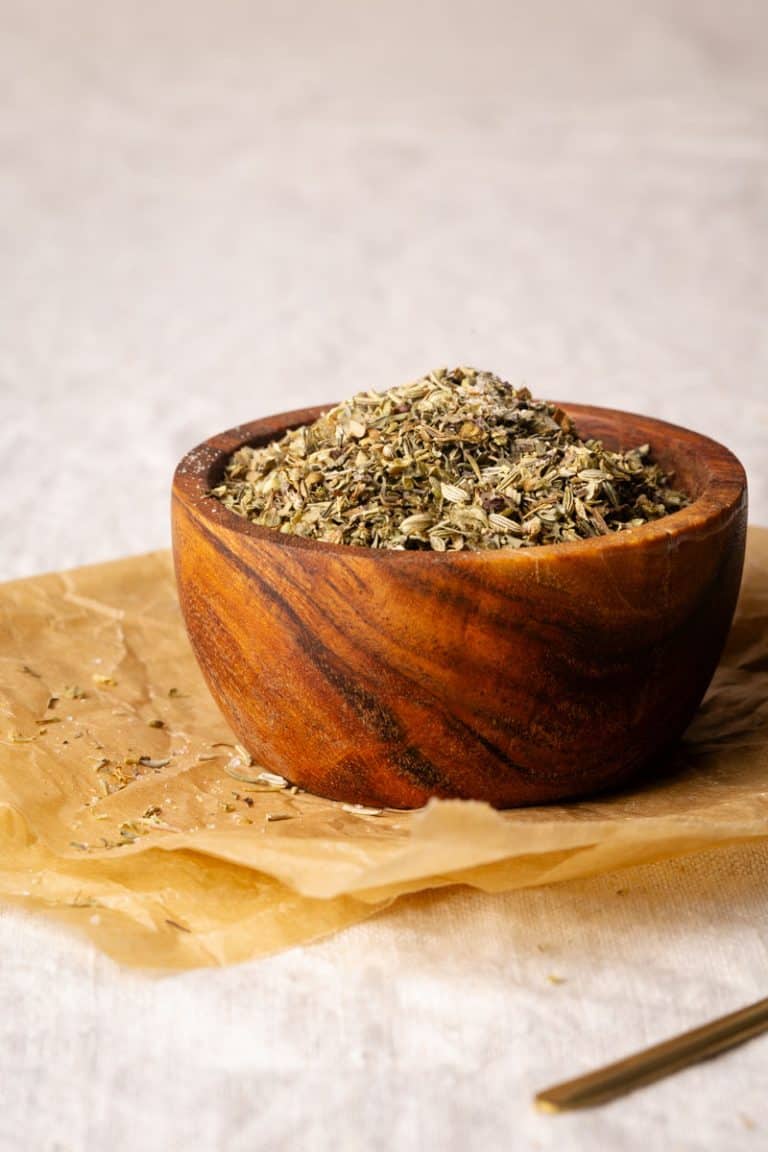How to cook silverbeet (swiss chard)
Are you looking to add delicious dark leafy greens to your meals? If so, you should give silverbeet, also known as seakale beet or swiss chard, a try. It’s a cost-effective alternative to kale and spinach and offers an easy and delicious way to add greens to your diet. Keep reading to learn more about how to cook silverbeet, its benefits, and recipe ideas.

What is silverbeet?
Silverbeet (Beta vulgaris var. cicla) is also known as swiss chard, perpetual spinach, or mangold. The green leafy vegetable with a white stalk is a cultivated descendant of sea beet. Known as a delicacy by the Romans, silverbeet is also known in the UK as swiss chard featuring red veins and stalks, and colored chard in the USA.
Why you should add silverbeet to your diet
This vegetable is packed with nutrients and has a versatile flavor that goes well in many dishes. It is a leafy green vegetable that is also known as Swiss chard. The leaves of the silverbeet plant are used in salads, soups, and stews. The stems can also be eaten, but they are usually cooked separately.
- Nutrient-dense, leafy green vegetable
- Budget-friendly spinach or kale substitute
- Low waste vegetable – edible leaves and stalks

How to cook silverbeet
While kale and spinach are often used raw, silverbeet’s tough leaves are best enjoyed cooked.
Silverbeet can be cooked in many different ways. Whether you fry it up some silverbeet with eggs for breakfast or sauté it as a side dish, it is a versatile ingredient that can add a lot of flavor to your meals.
Here are some ideas for how to cook silverbeet leaves:
- Sautéd silverbeet with garlic, chili and lemon zest
- Steamed or blanched silverbeet
- Stir-fried vegetables with silverbeet
- Creamed silverbeet instead of spinach
- Add silverbeet to your favorite soup, curry, or stew. My pumpkin soup or beef stew recipes are great examples.
- Silverbeet frittata, pie, or quiche with feta. My crustless quiche works well with silverbeet.
- Use silverbeet instead of spinach in your next vegetarian lasagna or pasta dish
- Silverbeet pesto
- Potato and silverbeet bake
- Green smoothie – replace kale or spinach portion
- Added to baby mash for extra nutrients
- Juices
- Silverbeet tortillas. waffles, savory pancakes, or scrolls
How to prepare silverbeet stalks
Silverbeet stalks can be prepared similarly to asparagus or celery. They’re in fact considered a delicacy in French cuisine so make sure you give them a try.
Here are 14 ways to enjoy silverbeet stalks:
- Boiled and topped with a rich cheese
- Grated raw into sauces and stews
- Boiled and added to a creamy fennel and leek gratin
- Finely chopped in stir-fries
- Roasted with olive oil garlic, and parmesan cheese
- BBQed with a lemon and garlic marinade
- Add them to your juice
- Finely chopped in tuna, chicken, or creamy potato salad
- Add them to your vegetable stock paste
- Dehydrate them and add them to your vegetable dishes as powder
- Include them in your “mirepoix”
- Add them to your kimchi ferment
- Finely sliced and sautéed in olive oil. Topped with tahini and seasoned to taste
- Fried in butter and garlic
How to prepare silverbeet in a microwave
If you’re in a hurry and need to cook your silverbeet quickly, microwaving is a great option. Here’s how to do it:
- Wash the silverbeet leaves and stalks thoroughly.
- Cut the leaves into pieces that will fit easily into your microwave-safe dish.
- Add a little water to the dish, just enough to moisten the leaves.
- Microwave on high for 2-3 minutes, or until the leaves are wilted.
- Serve right away after seasoning with salt and pepper to taste.
FAQ
Yes, you can freeze silverbeet leaves. For the best result, blanch the leaves and briefly cool them down in ice water. This way they will retain their green color. Stored in a freezer-proof container they will keep for up to 3 months.
Silverbeet is best stored in a container or plastic bag in the vegetable compartment of your fridge. You can always wrap them in a damp towel.
Related articles
Check out the following posts for more from-scratch cooking tips: 35 ways to cook from-scratch and save money, seasonal food guide, and 7 benefits of cooking from scratch.






